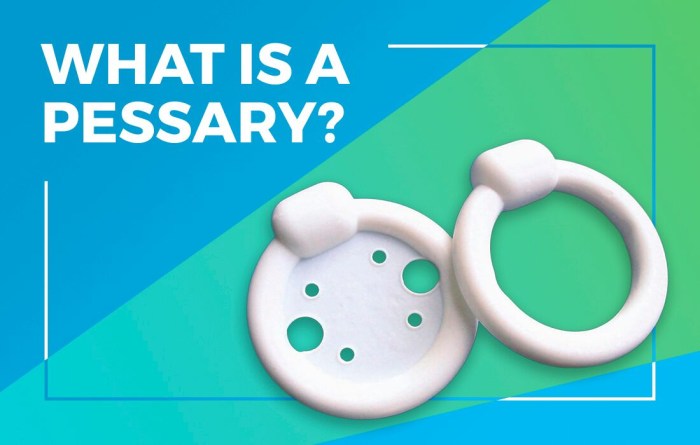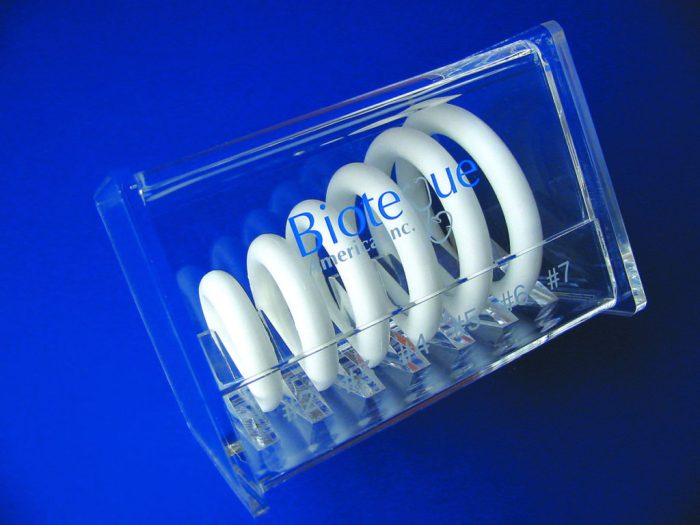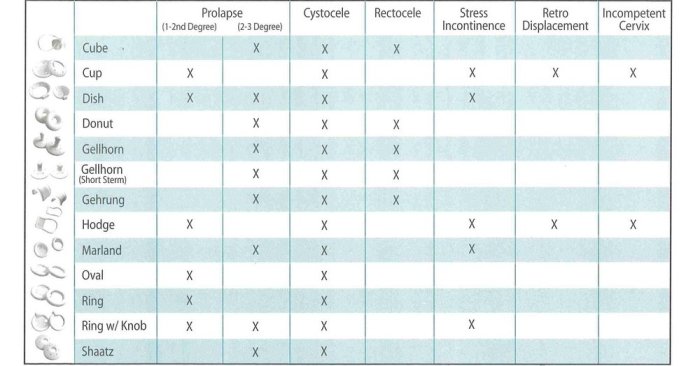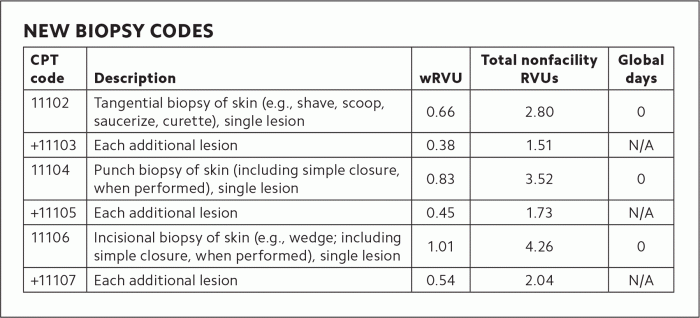Understanding the CPT code for pessary cleaning is crucial for healthcare professionals to ensure proper reimbursement and optimal patient care. This comprehensive guide will provide you with all the essential information about this code, including its purpose, criteria, and step-by-step instructions for effective pessary cleaning.
The content of the second paragraph that provides descriptive and clear information about the topic
Pessary Cleaning CPT Code

A pessary cleaning CPT code is a medical billing code used to describe the procedure of cleaning a pessary, a device inserted into the vagina to support the pelvic organs. This code is used by healthcare providers to bill insurance companies for the cost of this procedure.The
specific CPT code for pessary cleaning is
- This code is used when the healthcare provider removes the pessary from the vagina, cleans it, and reinserts it. The criteria for using this CPT code include:
- The pessary must be removed from the vagina.
- The pessary must be cleaned.
- The pessary must be reinserted into the vagina.
Pessary Cleaning Procedure

Maintaining the cleanliness of your pessary is crucial for preventing infections and ensuring its optimal performance. Here’s a step-by-step guide to cleaning your pessary effectively:
Materials You’ll Need:
- Mild soap (unscented, pH-balanced)
- Soft cloth or sponge
- Warm water
- White vinegar (optional)
Steps:
- Remove the pessary:Gently remove the pessary from your vagina. Wash your hands thoroughly before handling it.
- Rinse with warm water:Hold the pessary under a stream of warm water to remove any debris or discharge.
- Clean with mild soap:Apply a small amount of mild soap to a soft cloth or sponge and gently wipe the pessary, taking care to clean all surfaces.
- Rinse thoroughly:Rinse the pessary thoroughly with warm water to remove any soap residue.
- Disinfect (optional):To further disinfect the pessary, you can soak it in a solution of 1 part white vinegar to 10 parts warm water for 30 minutes. Rinse it thoroughly afterward.
- Air dry:Place the pessary on a clean towel or paper towel and allow it to air dry completely before reinserting it.
Importance of Proper Cleaning Techniques:
Proper cleaning techniques are essential for several reasons:
- Prevents infections:Cleaning the pessary regularly helps prevent the growth of bacteria and yeast, which can lead to infections.
- Maintains optimal performance:A clean pessary is more effective at preventing leaks and providing support.
- Reduces odor:Regular cleaning helps reduce odor caused by bacteria and discharge.
Pessary Cleaning Frequency

Regular cleaning of your pessary is crucial for maintaining vaginal health and preventing infections. The recommended cleaning frequency depends on several factors.
Factors that can affect cleaning frequency include the type of pessary, the material it is made of, and your individual discharge patterns.
Frequency
- Silicone pessaries:Typically cleaned every 2-3 months.
- Latex pessaries:Cleaned more frequently, every 1-2 months.
- Heavy discharge:If you experience heavy discharge, you may need to clean your pessary more often.
When to Seek Professional Assistance, Cpt code for pessary cleaning
In general, you can clean your pessary at home. However, if you notice any signs of infection, such as pain, itching, or unusual discharge, seek professional assistance from your healthcare provider.
Pessary Cleaning Solutions

Maintaining proper hygiene is crucial for pessary users to prevent infections and ensure optimal pessary performance. Various cleaning solutions are available, each with its unique advantages and disadvantages.
Types of Pessary Cleaning Solutions
- Vinegar Solution:A mixture of equal parts white vinegar and water creates a natural and effective cleaning solution. Vinegar’s acidity helps dissolve buildup and kill bacteria.
- Hydrogen Peroxide Solution:A solution of 3% hydrogen peroxide mixed with water is a potent disinfectant that can kill bacteria and viruses. However, it can be harsh on the pessary material and should be used sparingly.
- Commercial Pessary Cleaners:Specifically designed for pessary cleaning, these products are often mild and safe for all types of pessaries. They may contain disinfectants, detergents, and lubricants.
- Mild Soap and Water:A gentle soap solution can be used for daily cleaning. Avoid harsh soaps or detergents, as they can damage the pessary.
Choosing the Appropriate Cleaning Solution
The choice of cleaning solution depends on the type of pessary, the level of buildup, and the user’s preference.
- For silicone pessaries, vinegar solution or mild soap and water are suitable.
- Hydrogen peroxide solution can be used occasionally to disinfect rubber or latex pessaries.
- Commercial pessary cleaners are convenient and effective for all types of pessaries.
- If buildup is excessive, a more potent solution, such as hydrogen peroxide or commercial cleaner, may be necessary.
Pessary Cleaning Equipment

Effective pessary cleaning requires specific equipment to ensure proper hygiene and maintenance. Understanding the purpose and use of each tool is crucial for effective cleaning and disinfection.
Searching for the CPT code for pessary cleaning? Check out the latest updates on apple store gay little monkey while you’re at it. They have some interesting information on that topic as well.
Essential equipment for pessary cleaning includes:
- Soft-bristled brush:A soft-bristled brush specifically designed for pessary cleaning helps remove debris and discharge without damaging the device.
- Mild soap solution:A mild, unscented soap solution is used to clean the pessary. Avoid harsh soaps or detergents that can irritate the vaginal tissues.
- Sterilizing solution:A sterilizing solution, such as a vinegar-water mixture or a commercially available pessary cleaning solution, is used to disinfect the pessary after cleaning.
- Towels or clean cloths:Clean towels or cloths are used to dry the pessary after cleaning and sterilization.
Maintaining and Sterilizing Equipment
To ensure the equipment remains clean and disinfected, it’s essential to maintain and sterilize it properly:
- Rinse and dry brushes:After each use, thoroughly rinse the brush with clean water and allow it to air dry completely.
- Clean soap containers:Regularly clean and disinfect soap containers to prevent bacterial growth.
- Prepare fresh sterilizing solution:Prepare a fresh sterilizing solution before each use to ensure its effectiveness.
- Store equipment properly:Store the equipment in a clean, dry place to prevent contamination.
Pessary Cleaning Troubleshooting: Cpt Code For Pessary Cleaning

Pessary cleaning is a crucial aspect of maintaining vaginal health and preventing infections. However, certain problems may arise during the cleaning process. Understanding these issues and their solutions can help you ensure effective pessary care.
Common Problems and Solutions
- Difficulty removing the pessary:If you encounter difficulty removing the pessary, try using a soft cloth or tissue to gently grasp and pull it out. If the pessary is stuck, seek professional assistance from a healthcare provider.
- Persistent odor:If your pessary emits a persistent odor, it may indicate bacterial growth. Clean the pessary thoroughly using a pessary cleaning solution and allow it to dry completely before reinserting.
- Irritation or discomfort:If you experience irritation or discomfort while wearing the pessary, check if it is properly fitted. If the discomfort persists, consult your healthcare provider to rule out any underlying medical conditions.
- Discoloration:Over time, your pessary may become discolored due to natural wear and tear. If the discoloration is excessive or accompanied by other symptoms, seek professional assistance.
When to Seek Professional Assistance, Cpt code for pessary cleaning
If you encounter any of the following situations, it is advisable to seek professional assistance:
- Persistent pain or discomfort
- Difficulty inserting or removing the pessary
- Unusual discharge or odor
- Skin irritation or allergic reaction
- Suspected infection or medical condition
By understanding common pessary cleaning problems and their solutions, you can maintain optimal vaginal health and ensure the effective use of your pessary.
Question Bank
What is the CPT code for pessary cleaning?
The CPT code for pessary cleaning is 57160.
How often should a pessary be cleaned?
A pessary should be cleaned at least once a month, or more often if necessary.
What is the best solution to use for cleaning a pessary?
The best solution to use for cleaning a pessary is a mild soap and water solution.
